Do you have a presentation to make using your MacBook but no idea how to connect the laptop to the projector? With today’s technology, it shouldn’t be complicated. Connecting a MacBook (any model) to an HDMI projector is fairly simple and straightforward. Plus, with this guide, you’ll get step-by-step instructions on how to do exactly that along with tips and tricks from experts! Read on for more information on how you can quickly and easily get rid of all your worries about not being able to give presentations or show movies in large groups!
Main Functions the Projector Performs
Projectors are capable of performing a range of functions to make projecting images and videos easier than ever before. Here is a brief overview of the main features that a projector can offer:
Image Quality
Projectors will typically have different image quality settings, allowing you to adjust the sharpness, brightness, contrast and color saturation according to your needs. This will allow you to customize the projector’s image quality depending on the situation, such as when watching movies in a dark room or reading texts from a white board. [1]

Connectivity
Many projectors are equipped with various ports and connectors which enable them to connect to any device with an HDMI cable. Additionally, some projectors can also wirelessly connect to various devices, such as smartphones and laptops. This makes it much easier to share content without having to think about cables and connections.
Projection Screen Size
Projectors are designed to allow you to project images onto a larger area than regular computer or TV screens. The size of the projected image can be adjusted according to your needs, from small presentations to large movie screens.
Security Features
Projectors come with a range of security features, such as password protection, preventing unauthorized access to the projector and its contents. This provides an extra layer of security for your data and images, making sure that only authorized personnel can view them.
Environmental Settings
Many modern projectors also come equipped with environmental settings which allow you to adjust the projector’s brightness, contrast and color saturation according to your environment. For example, if you are in a dark room or outdoors, you can easily adjust the image quality to make sure that it is optimal.
Heat Management
Projectors also come with heat management systems which allow them to run at optimal temperatures, ensuring that they do not overheat and malfunction. This prevents any damage caused by excessive heat and ensures that the projector will last for a long time.
Video Outputs
Finally, projectors typically come with various video outputs which allow you to easily connect them to different devices, such as TVs, computers and monitors. This makes it easier to share content on multiple screens at once and provides more flexibility when presenting or displaying your images and videos. [2]
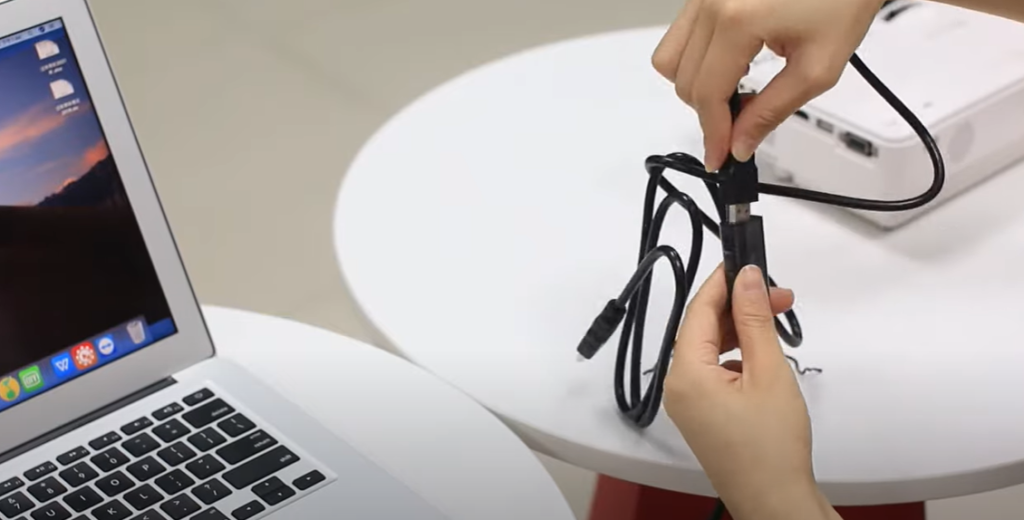
Pros and Cons of a Projector
Projectors are a great way to present slideshows, movies, and other multimedia content. They can be used for business presentations at the office or for home entertainment at home. But like any technology, projectors come with their own pros and cons. Let’s look at some of the main advantages and disadvantages associated with using a projector.
Pros
- Portability: A projector is relatively small and lightweight, making it easy to transport from place to place. This makes them great for business meetings or other events where you need to set up quickly and easily. [3]
- Display Quality: Projectors can provide a high quality display that is much larger than what you could get with a regular monitor. This makes them ideal for presentations and other occasions where you want to make a big impression.
- Cost: Projectors are relatively inexpensive compared to other display technologies, making them accessible to most people.
Cons
- Bulky: Despite being small and portable, projectors can take up some space due to their size and shape. This makes them difficult to use in small spaces or places with limited room.
- Bulbs: Projector bulbs can be expensive to replace and need to be replaced periodically. This can add up over time, making the cost of ownership higher than it appears at first glance.
- Risk of Damage: Projectors can be delicate pieces of technology and are susceptible to damage from overuse or mishandling. This means they need to be treated with care, adding another layer of cost and complexity to ownership.
- External Sources: Many projectors require external sources such as laptops or DVD players for operation, making them less convenient than plug-and-play solutions. [4]
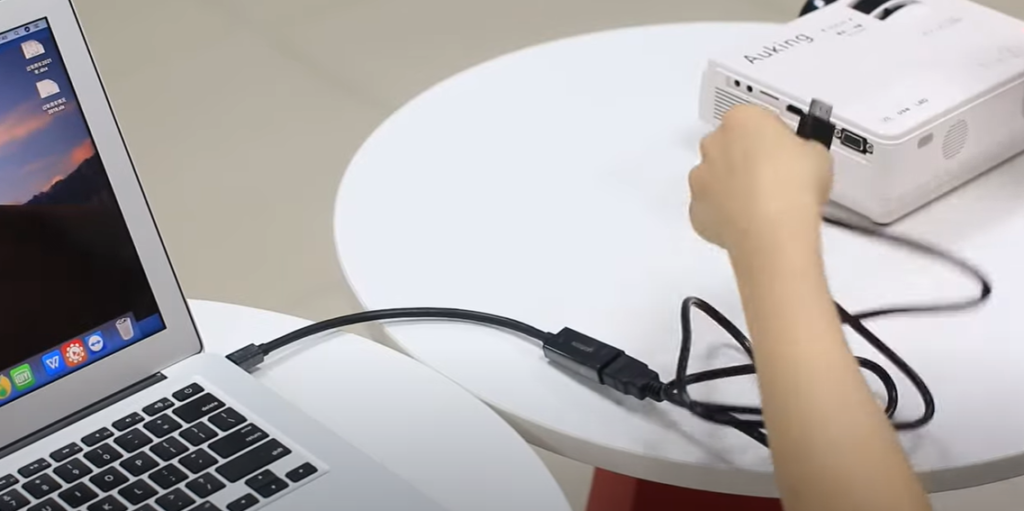
How to Find the Best Projector?
Finding the right projector for your needs can be a daunting task. With so many options on the market, it’s important to know what features you need and what questions to ask before you buy. Here are some tips for finding the best projector that fits your budget and meets all of your criteria:
- Research different projector types – There are various types of projectors that can provide different types of experiences. Choose a model that fits your needs and budget, such as short-throw, ultra short-throw, LED-LCD, DLP or laser projectors.
- Consider the size – The projector’s throw ratio (distance from projector to screen) is an important factor in choosing the right size. Consider the size of the room in which you plan to use your projector and choose accordingly.
- Look for brightness – Most projectors are rated for their brightness, measured in lumens. The brighter the projected image is, the more vivid and clear it will appear on a larger screen or wall. Choose a model that has at least 2000 ANSI lumens.
- Check the resolution – Resolution is an important factor in choosing a projector, as it determines how sharp and detailed the image will be on screen. Full HD projectors are often the best choice for most applications, but if you’re looking for even higher levels of clarity, there are 4K projectors available as well.
- Consider other features – Some projectors come with features such as 3D compatibility, wireless streaming and noise reduction. Depending on your needs, these can be helpful features to have in a projector.
When it comes to finding the best projector for your needs, there are many factors to consider. Follow these tips and you’ll find the perfect projector that fits both your budget and requirements. [5]
How to Set Up a Projector?
Setting up a projector doesn’t have to be difficult or time-consuming. Follow these simple steps and you’ll be ready to watch movies or give presentations in no time!
- Place the projector far enough away from the wall so that it can project an evenly sized image. Make sure there is at least 6 feet of distance between your projector and the screen or wall.
- Connect the power cord to a power outlet and plug in the projector. Once it’s powered on, adjust your settings according to the size of your image and other preferences you may have (such as brightness, contrast, sharpness). Make sure all cables are securely connected before continuing.
- Aim the projector at the center of the screen or wall. Use the adjustment ring on the lens to get a clear and properly centered image.
- Test your projector by playing a video or giving a presentation so that you can make sure it’s projecting correctly. If there are any issues, adjust your settings until everything is working as expected.
- Once you’re done using your projector, turn it off and disconnect the power cord from the outlet. Be sure to store the projector in a safe place when not in use.
With these steps, you’ll be able to easily set up your projector so that you can watch movies or give presentations with a clear image! Remember to always follow safety precautions when setting up any electrical device. [6]
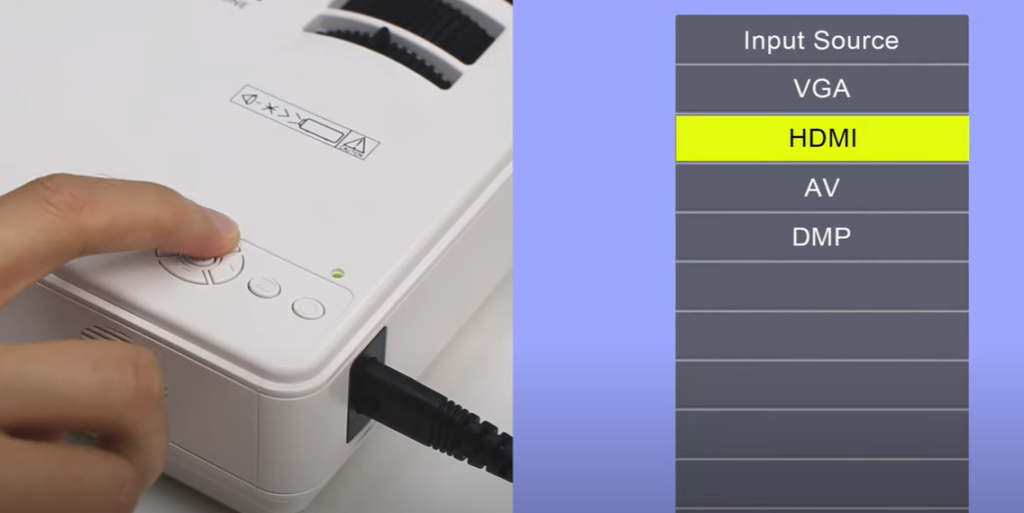
Ways to Connect MacBook to Projector
Connecting your MacBook to a projector is an easy way to share large displays with any group. It’s also a great way to view and edit presentations, spreadsheets, and other documents on the big screen. Here are some tips for connecting your MacBook to a projector:
HDMI
One of the simplest ways to connect your MacBook to a projector is through an HDMI (High Definition Multimedia Interface) cable. An HDMI cable carries both video and audio signals, so you can easily connect your MacBook to the projector. Do it by follow these steps:
- Connect one end of the HDMI cable to your MacBook’s HDMI port.
- Connect the other end of the HDMI cable to the projector’s Input Port (usually labeled ‘HDMI’).
- On your MacBook, open System Preferences and select Displays. Then select the desired display resolution from the list.
- On the projector, select ‘Source’ or ‘Input’ and select HDMI from the options available.
VGA
Another way to connect your MacBook to a projector is through a VGA (Video Graphics Array) cable. This method requires the use of an adapter, as a VGA cable does not carry audio signals. The adapter will convert the video signal from your MacBook into a format that the projector can recognize. Do it by follow these steps:
- Get the proper adapter for your MacBook.
- Connect one end of the VGA cable to the projector’s input port (usually labeled ‘VGA’).
- Attach the opposite end of the VGA cable to the adapter.
- Plug the adapter into your MacBook’s display port/Mini DisplayPort.
- Follow steps 3 and 4 from the previous instruction.
AirPlay
AirPlay is another way to connect your MacBook to a projector. With AirPlay, you can wirelessly share audio and video content from apps such as YouTube or Netflix directly to the projector. Do it by follow these steps:
- Make sure that both the MacBook and Apple TV are connected to the same Wi-Fi network.
- Open up the app you want to AirPlay from on your MacBook, and select the AirPlay icon in the corner of the screen.
- Select Apple TV from the list of available devices, and wait for it to connect to your projector.
- You should now be able to see your content on the big screen!
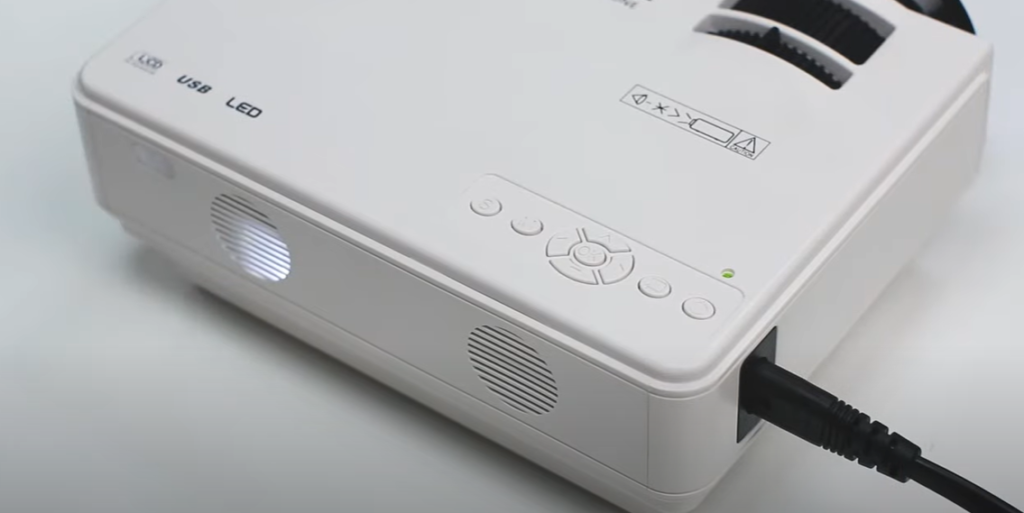
Remote Desktop
If there’s no way to physically connect your MacBook to a projector, another option is using a remote desktop application. Many apps such as TeamViewer or Logmein allow you to access your computer remotely from any device with an internet connection. From there, you can control the display of your MacBook from the projector. Do it by follow these steps:
- Download and install the remote desktop application of your choice on both your MacBook and the device connected to the projector (e.g. a tablet).
- Enter the ID provided by the remote desktop app into both devices, then hit ‘Connect’ or ‘Join’ on both devices.
- The display on your MacBook should now be mirrored onto the projector’s screen.
By following these tips, you’ll be able to easily and quickly connect your MacBook to a projector with minimal stress or hassle. Once connected, you’ll be ready to present all of your work with confidence! [7]
What Problems Can Occur with a MacBook Connecting to a Projector?
Connecting a MacBook to a projector is an important step for many presentations and conferences. Unfortunately, it can be difficult to troubleshoot when technical issues arise. Some of the most common problems that you may encounter include:
- The laptop doesn’t recognize the projector
When connecting your MacBook to a projector, your computer should detect it automatically. If it doesn’t, try unplugging the projector from your computer and then plugging it back in. You may also need to switch the cable you are using or reset your laptop’s display settings.
- The connection isn’t stable
Sometimes, a connection between the MacBook and projector will appear to be working initially, but then become unstable later. If this happens, you may need to perform a hard reset of your laptop’s display settings. Additionally, check that all cables are properly connected and not too loose or damaged.
- The image looks distorted
If the image looks warped or blurred on the projector screen, try adjusting the resolution and refresh rate settings on your laptop. You may need to experiment with different settings before finding the right combination for your projector. Additionally, check that all cables are running securely and not broken or loose. [8]
How to Maintain a Projector?
Projectors are an essential piece of technology for presentations, movies, and video games. They are also expensive investments that require regular maintenance and care to ensure longevity. Therefore, it is important to properly maintain your projector so that it runs smoothly and efficiently. Here are some tips:
- Ensure proper ventilation – A projector should never be used in a room that doesn’t have proper ventilation. If the projector is being used in an enclosed space, make sure to use a fan or air conditioning system to keep the temperature at a comfortable level.
- Clean filters and lenses – To ensure optimal performance, it is important to regularly clean the projector lens and any filters it has. Use a soft cloth and cleaning solution to gently clean these parts without damaging them.
- Check cables and connections – Examine all of the projector’s cables and connections at least once a month to make sure they are in good shape. Look out for any frayed or worn pieces that need replacing, as this can cause your projector to malfunction.
- Manage brightness settings – To protect the projector bulb and ensure optimal performance, it is important to manage the projector’s brightness. Use lower brightness settings when possible, especially in darker rooms or for general usage.
- Keep away from dust/moisture – Dust and moisture can easily clog up a projector’s parts, which can cause it to overheat and malfunction. Therefore, be sure to keep your projector away from any dust or moisture sources such as windows.
- Store securely – When not in use, it is important to store the projector securely. Make sure that all cables and connections are disconnected and that the projector is stored in a safe place where it won’t be damaged or affected by any environmental factors.
By following these tips on how to maintain a projector, you can ensure that your investment will last you for years to come. Remember, regular maintenance is key in keeping your projector running smoothly! [9]

FAQs
Why is my Mac screen not showing on the projector?
There are several possible reasons why your Mac screen may not be showing on the projector. First, check to make sure that the cables between your Mac and the projector are connected correctly. If they are, then try adjusting the projection settings to see if that helps. If you still have trouble getting a signal from your Mac, consider restarting both devices or checking with customer support. Additionally, if you’re using an HDMI adapter, make sure that it is compatible with your Mac and the projector. If all else fails, try using a different cable or adapter to establish a connection between the two devices.
Why is my Mac not detecting the HDMI projector?
If your Mac isn’t detecting the HDMI projector, there are a few things you can try in order to get it working properly. First of all, make sure that the power cord and display cable are securely connected to the projector and your Mac. Also check that the input settings on both devices match up. If you’re still not seeing an image, try connecting the projector to a different power outlet and double-checking all your connections.
If that doesn’t work, you might need to update your Mac’s software. To do this, open System Preferences > Software Update and install any available updates. If your Mac still isn’t detecting your HDMI projector after updating the software, you should try resetting the System Management Controller (SMC). To do this, shut down your Mac and unplug it from the power outlet. Wait 10 seconds, then plug it back in and turn it back on.
If you’ve done all of these steps and are still having issues connecting to the projector, it might be time to contact Apple support or your local IT department for help.
How do I get my Mac to recognize the HDMI cable?
If you’re using a Mac computer, it can be tricky to get the display working with an HDMI cable. First of all, make sure that both your Mac and projector are turned on. Then, plug the HDMI cable into your Mac’s Thunderbolt 3/USB-C port. If that doesn’t work, try plugging it into one of the other available ports, such as the Mini DisplayPort or a Thunderbolt 2 port.
Next, make sure that your projector is set to receive an HDMI signal. To do this, consult your user manual and look for either the “Input” or “Source” button on the projector’s remote control. Select the HDMI option in the menu and then you should see your Mac’s display on the projector screen. If you’re still having trouble, try adjusting the brightness and contrast settings on both your Mac and projector. You can also switch between different video modes like VGA or RGB to see if any of them give better results.
Why won’t my projector show my screen?
This is a problem that can be frustrating for anyone who needs to present. It may seem like something you can’t fix, but there are some simple solutions worth exploring. The first step is to make sure the projector is connected properly and that all cables are securely plugged in. Then check that the connections match up with the laptop or PC you’re using. Make sure the projector is set to the right input and select your laptop or computer as the source device. This may require switching inputs on both the computer and projector depending on what type of connection you’re using.
If all else fails, it’s time to try a factory reset on both your computer and projector which will restore all settings back to its original state. This should ensure there are no issues with compatibility between the two devices.
Useful Video: How to connect projector to MacBook through mini DisplayPort
Summing Up
By connecting your MacBook to a projector with HDMI, you can really spruce up a presentation and make it as engaging and interactive as possible. With the right cables, you can easily take advantage of the powerful technology of your MacBook to connect to any projector with ease. Sure, there are some risks involved in connecting the two devices, but if done correctly, you will reap great rewards. Taking a few extra minutes to prepare for your presentation ahead of time can really pay off when you walk into the room. So be sure to take the necessary time and steps to ensure that your Impressive Macbook-to-Projector connection goes off without a hitch. With new technologies changing everyday, we may soon find even easier and more convenient ways to make these connections!
References:
- https://www.essaysusa.com/article/the-uses-and-functions-of-the-projector
- http://arch.casio-intl.com/asia-mea/en/projector/functions/
- https://www.zelect.in/projector/what-are-the-advantage-and-disadvantage-of-projector
- http://www.hdtvsolutions.com/big_picture_projectors.htm
- https://www.lifewire.com/before-you-buy-a-video-projector-1847845
- https://www.cnet.com/tech/home-entertainment/9-tips-to-perfectly-set-up-your-projector/
- https://www.coolblue.nl/en/advice/how-to-connect-a-projector-to-your-apple-macbook.html
- https://smallbusiness.chron.com/im-unable-project-mac-computer-overhead-video-projector-60835.html
- https://cyberschooltech.co.ug/taking-care-of-your-projector/

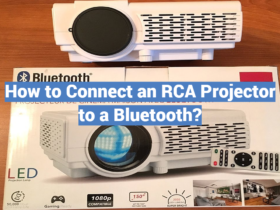
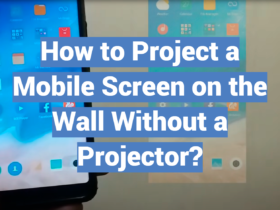

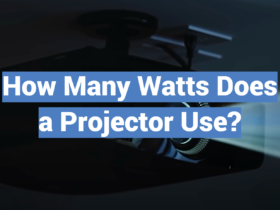
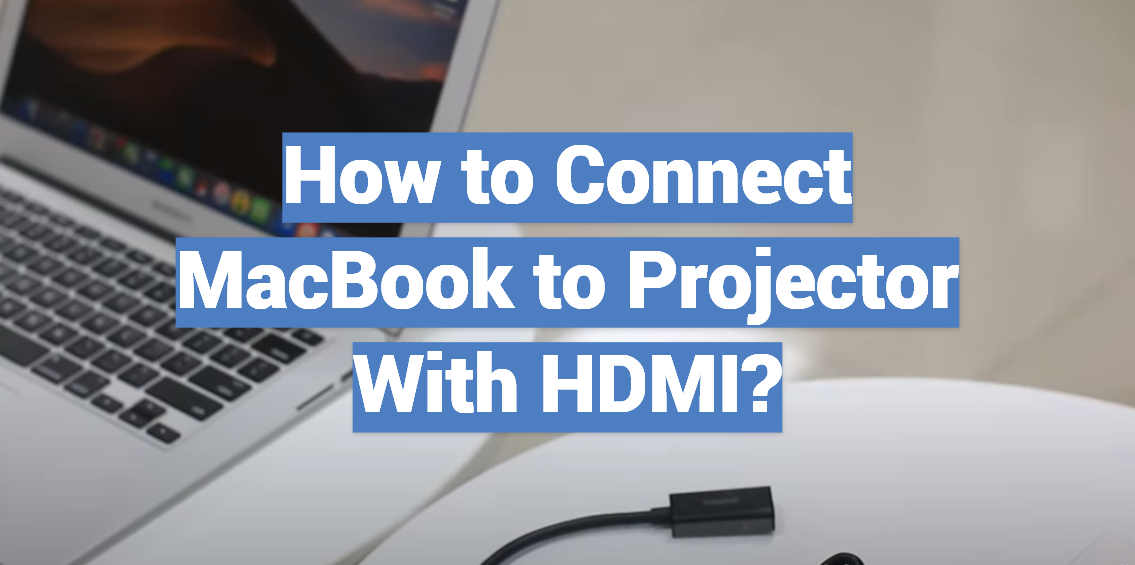
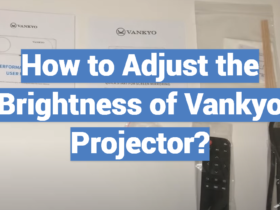

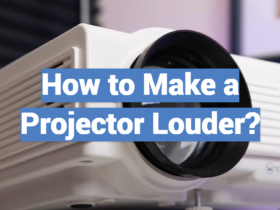
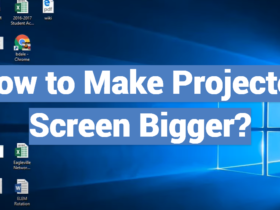
Leave a Review